In many industries, reliable equipment startup is critical. However, power outages, battery failures, or system malfunctions can prevent devices from starting, causing production halts and significant losses.
Emergency start devices act like a safety net, ensuring quick startup when needed. Whether it’s a generator, ship engine, or heavy machinery, choosing the right emergency start solution ensures a swift recovery, minimizing downtime and risks.
Part 1. What are Emergency Start Devices?
Emergency starting devices are specially designed to quickly start equipment when the standard starting system fails. Typically, these devices do not rely on batteries or external power sources, but instead use physical or mechanical principles to provide the necessary starting energy.
Common emergency starting devices include spring starters, air starters, and manual starters. They are widely used in diesel engines, generator sets, ships, and various heavy machinery to ensure that equipment can quickly return to normal operation in emergency situations.
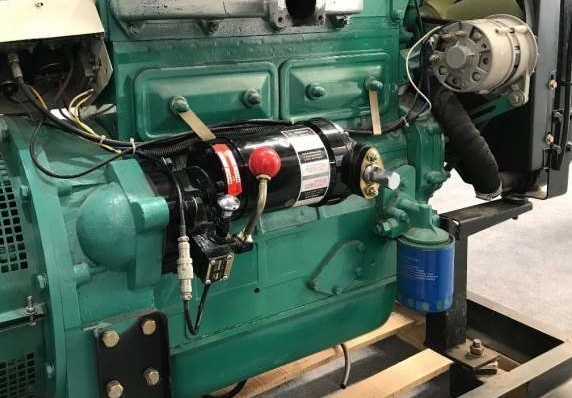
Part 2. How Do Emergency Start Devices Work?
The working principles of emergency starting devices vary, but they all focus on the goal of “starting the equipment at a critical moment.”
For example, pneumatic starters use compressed air to provide starting energy for the engine, while spring starters store mechanical energy (in a compressed spring) to start the equipment. This design allows them to operate without external power sources, making them reliable even in situations where the battery is low or there is a power outage.
Take the spring starter as an detailed example: spring starter works by storing energy in a high-strength compressed spring. When the start signal is triggered, the spring releases its energy, transmitting the motion through a mechanical drive system to start the engine.
This starting method is simple and effective, especially suitable for equipment that needs to remain on standby for long periods and cannot rely on batteries.
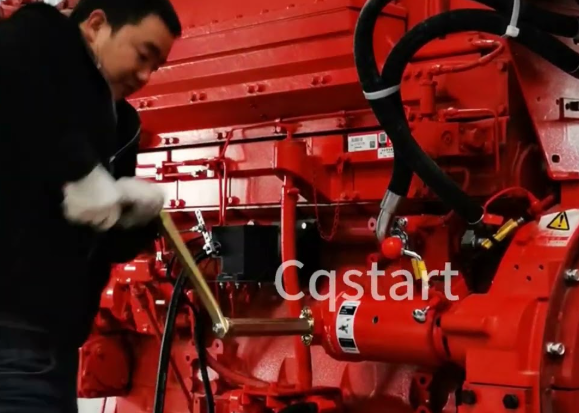
Part 3. Use Cases of Emergency Start Devices
Emergency starting devices are widely used in various industries, especially those that require continuous operation and cannot tolerate starting failures. These devices play a critical role in emergency situations, ensuring that essential equipment can resume normal operation.
Below are several typical application scenarios that demonstrate the importance of emergency starting devices:
1. Maritime Sector
The operation of ships, especially offshore vessels, often faces harsh weather conditions and extended periods of inactivity. In such environments, the starting system of a ship’s engine requires additional assurance, particularly when the battery is low or the starting system fails, as traditional electric starting methods may not function properly.
Emergency starting devices, such as spring starters or air starters, can provide the necessary starting power without external electricity, ensuring reliable engine startup. This is critical for maritime navigation as it allows vessels to quickly restore power in the event of unexpected breakdowns far from shore, ensuring the safety of the ship.
2. Emergency Rescue Equipment
In rescue operations, especially in emergency transportation or post-disaster relief activities, emergency starting devices are also indispensable.
For example, emergency rescue vehicles, rescue boats, or portable generator sets need to be quickly deployed in the event of an accident, but the battery systems may fail to start due to long periods of disuse or damage.
In these cases, pneumatic starters or mechanical starting devices can provide reliable starting power, ensuring that rescue equipment can function effectively at critical moments.
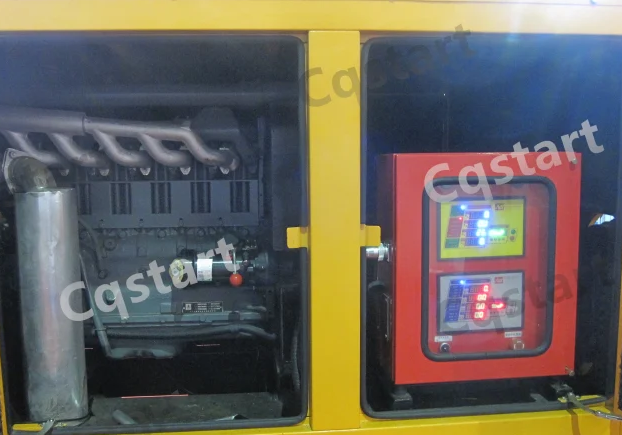
3. Industrial and Construction Machinery
Industrial and construction equipment is frequently used in harsh working environments. These machines operate in high temperatures, low temperatures, vibration, and dust, which can negatively impact their performance, particularly the starting system, which may fail due to environmental stress or long periods of inactivity.
In such situations, emergency starting devices become crucial. By using pneumatic or mechanical starting systems, these devices ensure that the equipment can start quickly in an emergency, preventing production losses or project delays due to downtime.
Whether it is large cranes, excavators, or other construction machinery, a reliable emergency starting system ensures they function properly at critical moments, safeguarding both the safety and efficiency of the construction site.
4. Power Generation Industry
In the power generation industry, especially in backup generator sets, the role of emergency starting devices is crucial. Backup generators are typically used to provide power when the main power supply is interrupted.
Therefore, when a power outage occurs or the generator’s battery fails, the backup generator must be able to start quickly and provide stable power to ensure the normal operation of critical infrastructure such as hospitals, communication facilities, data centers, and industrial facilities.
In such cases, using emergency starting devices like pneumatic starters or spring starters ensures the generator starts within a short time, preventing operational interruptions caused by power failure.
Part 4. Why Choose Spring Starters for Emergency Starts?
There are various types of emergency starting devices available on the market, but why is the spring starter the best choice in fields such as maritime, emergency rescue, and industrial applications? The answer lies in its unique advantages.
Compared to other types of emergency starting devices, spring starter provides a reliable starting solution, especially in situations where there is no power or when the battery fails, ensuring that equipment can start smoothly at critical moments.
1. No External Power Source Required
Spring starter does not rely on external power sources, allowing it to operate reliably even during power outages or when the battery is low. This feature makes the spring starter highly adaptable to extreme environments, especially in remote areas or locations with unstable power infrastructure.
2. Simple Structure and Low Maintenance Cost
Spring starter has a simple structure and does not require complex electronic components, reducing the likelihood of failure. Its low maintenance cost makes it more economical over the long term.
3. High Reliability
Spring starter is precisely designed to ensure reliable equipment startup in emergency situations. Even under unfavorable conditions such as low temperatures or high humidity, it maintains excellent performance.
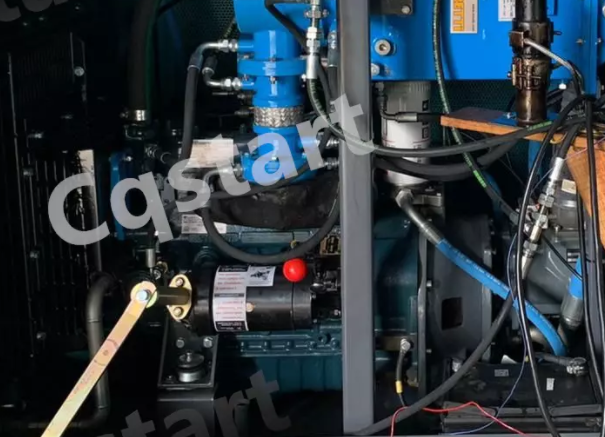
Spring Starter: How Does Cqstart Can Help?
Cqstart is a professional spring starter manufacturer, specializing in providing high-quality, reliable emergency starting solutions. With years of experience, Cqstart designs and manufactures spring starters that excel in extreme environments, ensuring efficient and stable operation for marine, emergency rescue, ATEX and more applications. The company provides customized services to meet specific customer needs, ensuring optimal performance and durability.
Key Features of Cqstart Spring Starters:
- High Reliability: Ensures stable and efficient startup in critical situations.
- Durable Performance: Designed for harsh conditions with superior durability and longevity.
- Low Maintenance Costs: Simple structure, reducing long-term maintenance needs.
- Wide Compatibility: Suitable for a wide range of diesel engines (0.5-50L displacement).
- Custom Solutions: Tailored to meet specific application requirements.
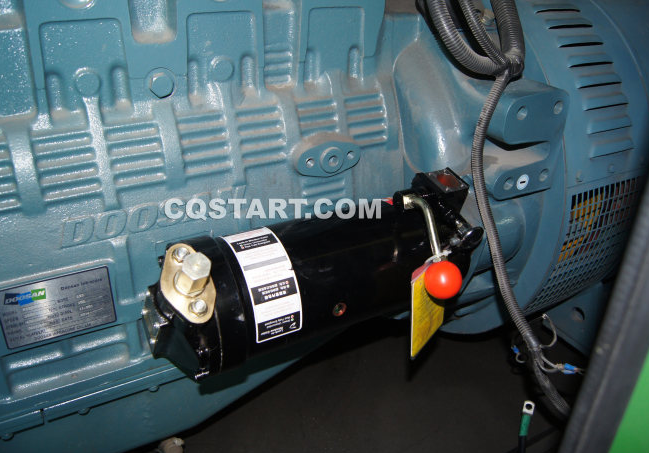
Final Words
Emergency starting devices play a indispensable role in critical moments, ensuring that equipment can quickly resume operation during power outages or system failures. Choosing the right emergency starting equipment, especially a high-quality spring starter, not only ensures normal operation of equipment but also improves efficiency and safety.
Whether you need emergency start solutions for marine vessels, heavy machinery, emergency rescue, or other applications, Cqstart provides reliable solutions to ensure your equipment runs consistently and efficiently.

